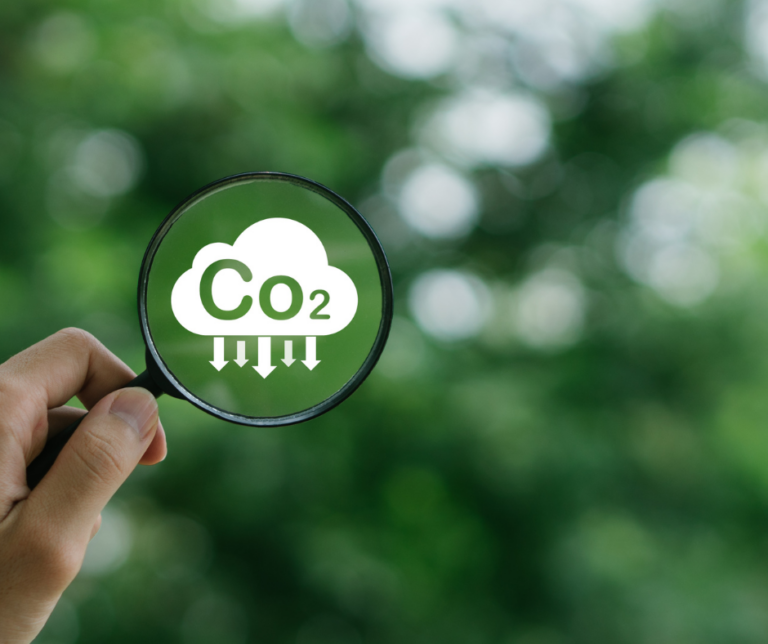In this article, we’re focusing on the indoor air contaminants and pollutants that threaten the comfort and safety of indoor environments, starting from our homes and extending to offices, warehouses, supermarkets, cinemas, etc. We’re not just talking about air-related contaminants, but also about indoor contamination in general.
The source of indoor contaminants
Air pollutants that contaminate our daily indoor environments create significant health risks as well as legal and economic risks (fines for not complying with your country’s regulations; waste of money).
These contaminants can have various origins: some of them definitely come from outdoor air pollution, but a portion is formed directly inside the edifices. There are chemical agents, biological agents, and physical agents, not to mention substances directly produced by the human body (which can also be chemical or biological), residues from construction materials and cleaning products, combustion processes resulting from cooking, heating, and passive smoking, and pollution resulting from poor hygienic management of HVAC systems. Let’s examine the chemical, biological, and physical agents.
Indoor pollution: chemical agents
Chemical agents typical of indoor air pollution can originate from both outdoor and indoor sources. They include:
- Environmental tobacco smoke (ETS)
- Nitric oxide and nitrogen dioxide (NOx, NO2)
- Sulfur oxides (SOx)
- Carbon monoxide (CO)
- Ozone (O3)
- Particulate matter (PM10, PM2.5)
- Benzene (C6H6)
- Volatile organic compounds (VOCs)
- Formaldehyde (CH2O)
- Polycyclic aromatic hydrocarbons (PAHs)
- Asbestos
Indoor pollution: biological agents
Biological indoor air contaminants include microorganisms (such as fungi, bacteria, viruses, parasites, protozoa), indoor allergens (like dust mites, allergens from plants and animals), and molds.
Microbial agents
Microbiological agents are a source of infectious diseases such as chickenpox, pneumonia, measles, legionellosis, etc. Here are some examples:
- Environmental bacteria belonging to the genera Bacillus or Micrococcus
- Bacteria belonging to the genera Mycobacterium
- Bacteria of the Legionella genus
- Microorganisms belonging to the genera Staphylococcus, Candida, Clostridium
- Viruses
- Endotoxins and mycotoxins
Allergens and moulds
The most common indoor allergens are dust mites, pet dander and fungi or molds (such as Aspergillus fumigatus and Alternaria alternata). Specifically, fungi thrive humid environments, and some of them lead to mold growth. Finally, pollen is also considered an indoor allergen.
Indoor pollution: physical agents
To continue our discussion on indoor pollutants and contaminants, we’re missing the physical agents.
- Radon is a gas that becomes very dangerous to health when it reaches particular concentrations in confined spaces.
- Then there’s electromagnetic pollution, stemming from telecommunications infrastructure, radio and TV transmissions, household appliances, power lines, and industrial installations.
- Noise, a source of acoustic pollution, can also severely damage the human ear.
Remotair: fight indoor contamination!
At Remotair, we handle indoor pollution resulting from HVAC systems, which, as mentioned earlier, if not subjected to regular maintenance, can cause harm to human health, as well as waste of money and the risk of legal actions. If you want to discover how to improve indoor air quality in your building thanks to automatic HVAC inspections, write at info@remotair.com!





